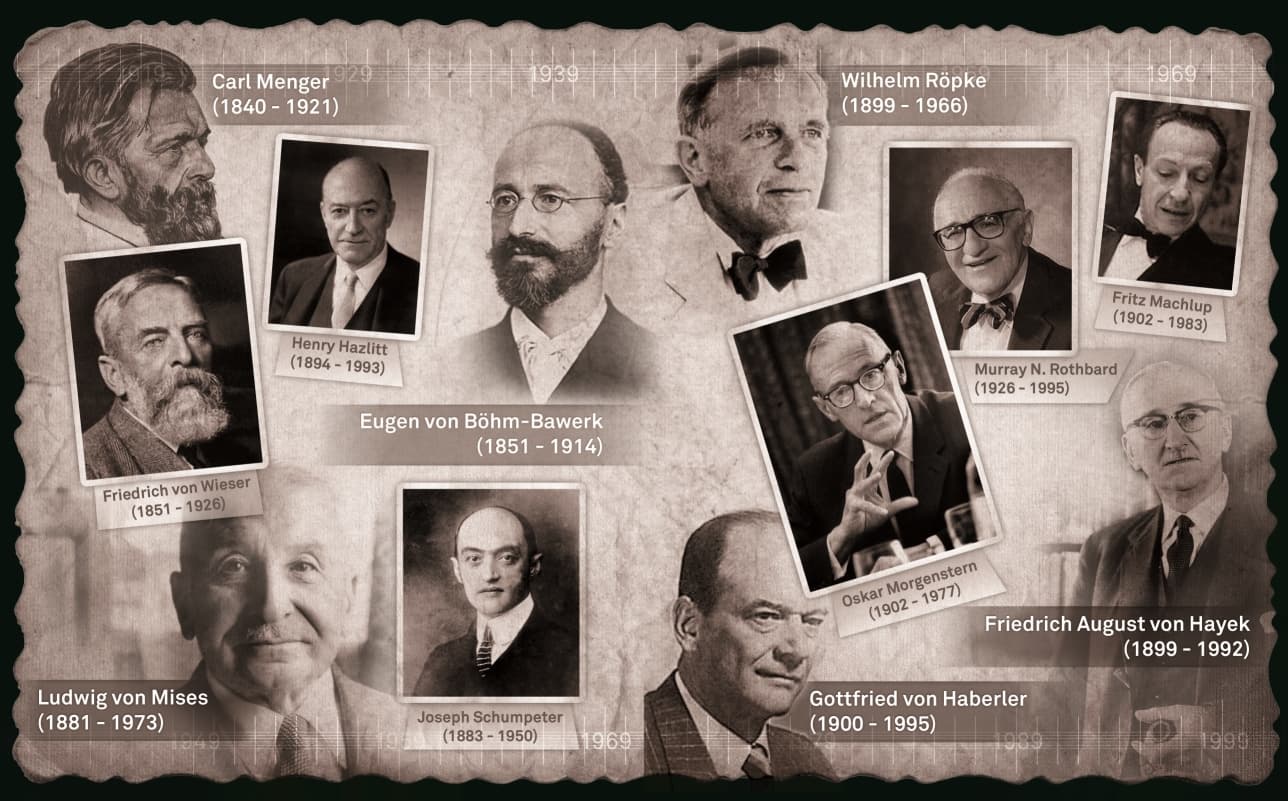Attention and focus have become precious commodities in today’s fast-paced and digitally connected world. As a leader, it is crucial to understand the differences between attention and focus and their impact on productivity and performance. Let’s explore the battle of the mind between attention and focus and delve into real-life examples that highlight the significance of these cognitive processes.
1. Understanding Attention and Focus
1.1 Attention: The Gateway to Perception
Attention is the cognitive process that allows us to focus on relevant information while filtering out distractions selectively. For instance, imagine a team meeting where multiple ideas are discussed simultaneously. A leader with keen attention skills can effectively hone in on the most valuable contributions and ensure everyone’s ideas are considered.
1.2 Focus: The Engine of Concentration
Conversely, the focus is the sustained mental effort directed toward a specific task or objective. Consider a project deadline approaching. A leader who can maintain focus amidst competing priorities will be able to lead their team to complete the project successfully, ensuring that everyone stays on track and delivers high-quality results.
2. The Differences Between Attention and Focus
2.1 Definition: Distinct Yet Interrelated Concepts
Attention and focus are distinct concepts, focusing on a specific task or goal. A leader is reviewing a complex report. They must absorb the data, analyze the findings, and make informed decisions based on the report’s insights.
2.2 Cognitive Processes: Flexibility and Depth
Attention involves rapidly allocating cognitive resources, allowing individuals to switch between tasks and stimuli. Focus requires sustained cognitive effort, facilitating analysis and problem-solving. A leader conducting a brainstorming session must consider each team member’s contributions, fostering a collaborative environment. When leaders resolve a critical issue, they invest their energy into exploring different solutions, assessing risks, and choosing the most viable action.
3. The Battle of the Mind: Attention vs. Focus
3.1 Balancing Priorities: Navigating the Digital Age
In today’s digital age, attention is constantly under siege. Leaders must navigate a landscape filled with distractions such as emails, social media notifications, and urgent requests. The battle of attention versus focus emerges as they must resist the temptation to continuously check their inbox and maintain focus on the task at hand. To illustrate, imagine a leader receiving multiple emails while working on an important strategy document.
3.2 Harnessing Cognitive Agility: Adaptability and Deep Work
Successful leaders understand that attention and focus are not opposing forces but complementary skills. They embrace cognitive agility, adapting their attentional focus to the needs of different situations. For example, a team brainstorming session may gather diverse ideas. Later, they focus on analyzing each idea’s feasibility and impact.
4. The Importance of Attention and Focus for Leaders
4.1 Enhanced Decision-Making: Clarity Amidst Noise
Leaders who cultivate attention and focus have a competitive edge in decision-making. Consider a leader in a fast-paced industry where market conditions change rapidly. By honing their attentional skills, they can swiftly gather relevant market data and filter out noise, ensuring informed and strategic choices. Their ability to maintain focus empowers them to analyze complex situations thoroughly, weigh pros and cons, and make well-considered decisions that drive their organization forward.
4.2 Empowering Collaboration: Present and Engaged
Leaders who master attention and focus create an environment that promotes collaboration and engagement. They actively listen to their team members, demonstrating their attention and making them feel heard and valued. By maintaining focus during team discussions and meetings, leaders set an example for their team members to engage in the conversation actively, leading to more meaningful collaboration and productive outcomes.
4.3 Modeling Resilience: Managing Cognitive Load
Leaders who exhibit strong attention and focus serve as role models for their teams. In the face of challenges and complexity, they maintain a composed demeanor and manage their cognitive load effectively. For instance, imagine a high-pressure project where unexpected issues arise. A leader who can remain focused and attentive amidst the chaos instills confidence in their team, allowing them to navigate through obstacles with resilience and determination.
5. Strategies for Leaders to Harness Attention and Focus
5.1 Cultivate Mindful Leadership
Mindful leadership involves being fully present at the moment and actively listening to others. This cultivates a sense of trust and engagement within the team. For instance, during one-on-one meetings with team members, leaders can practice mindful leadership by giving their undivided attention, maintaining eye contact, and genuinely absorbing shared information.
5.2 Set Clear Priorities
Effective leaders understand the importance of setting clear priorities. They communicate the organization’s goals and clarify what tasks and projects should receive the most attention and focus. By setting priorities, leaders help their teams allocate their cognitive resources effectively, ensuring everyone is aligned and working towards the same objectives.
5.3 Foster a Culture of Deep Work
Creating a culture that values and supports deep work is essential for harnessing the power of focus. Leaders can establish dedicated time blocks for uninterrupted work, minimize distractions by implementing “quiet hours” or designated focus zones, and encourage team members to communicate their availability during these periods. By promoting deep work, leaders empower their teams to engage in meaningful, focused work that leads to greater productivity and quality outcomes.
6. Balancing Attention and Focus as a Leader
Leaders must strike a delicate balance between being attentive to their teams’ needs and maintaining their focus on strategic objectives. They should be aware of the demands placed on their attention, such as meetings, emails, and ad-hoc requests, while also recognizing the importance of focused attention for driving progress. By implementing time management techniques, prioritizing tasks, and delegating effectively, leaders can allocate their attention and focus on maximizing their impact and supporting their teams’ growth.
Conclusion
Leaders play a vital role in understanding and harnessing these cognitive processes in the battle of the mind between attention and focus. By recognizing the differences between attention and focus and utilizing strategies to enhance them, leaders can optimize their performance and empower their teams to achieve remarkable results. Through real-life examples, we have seen how attention and focus can impact decision-making, collaboration, and resilience. By embodying mindful leadership, setting clear priorities, fostering deep work, and maintaining a delicate balance, leaders can navigate this battle of the mind and create a thriving work environment.



